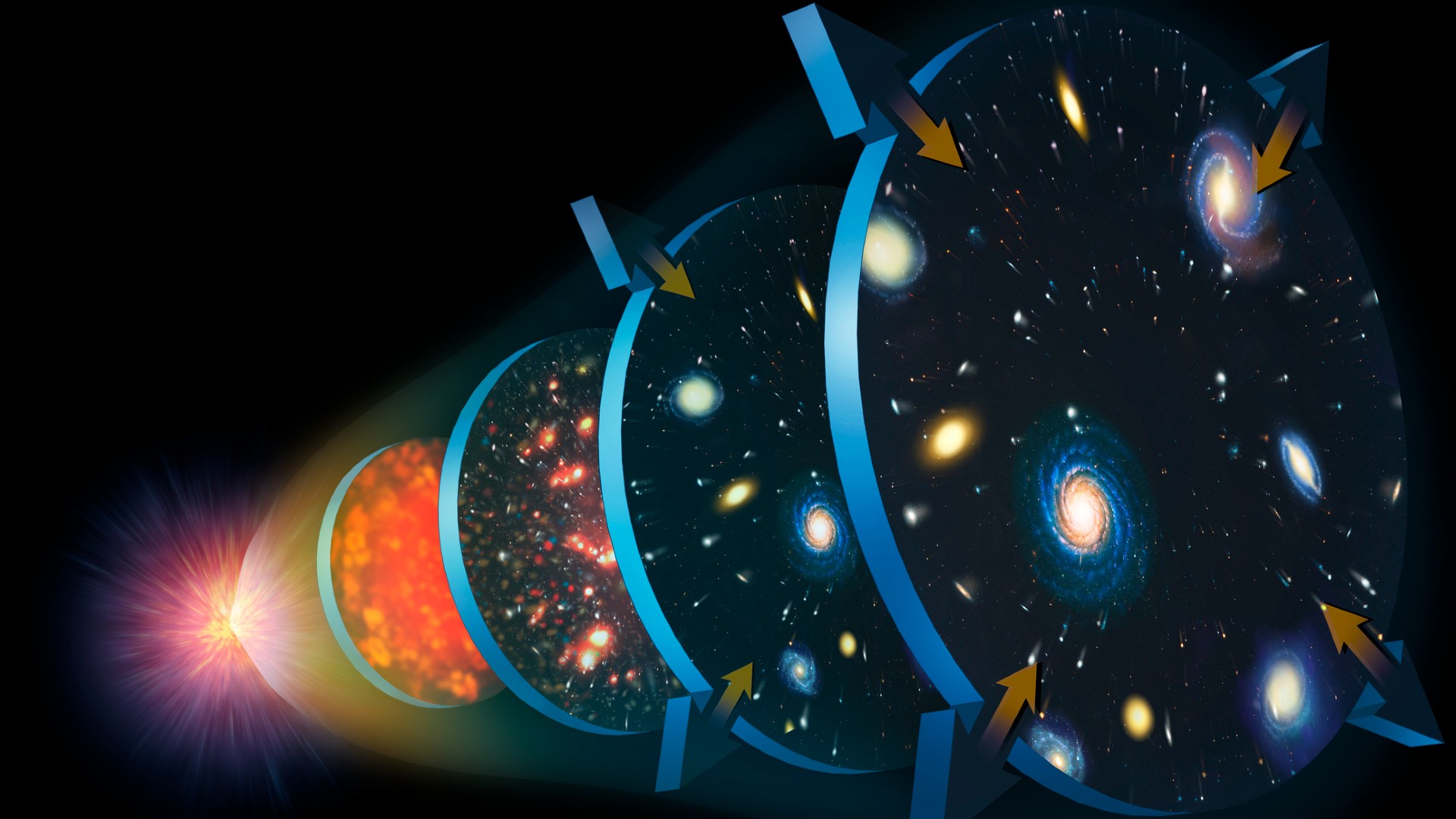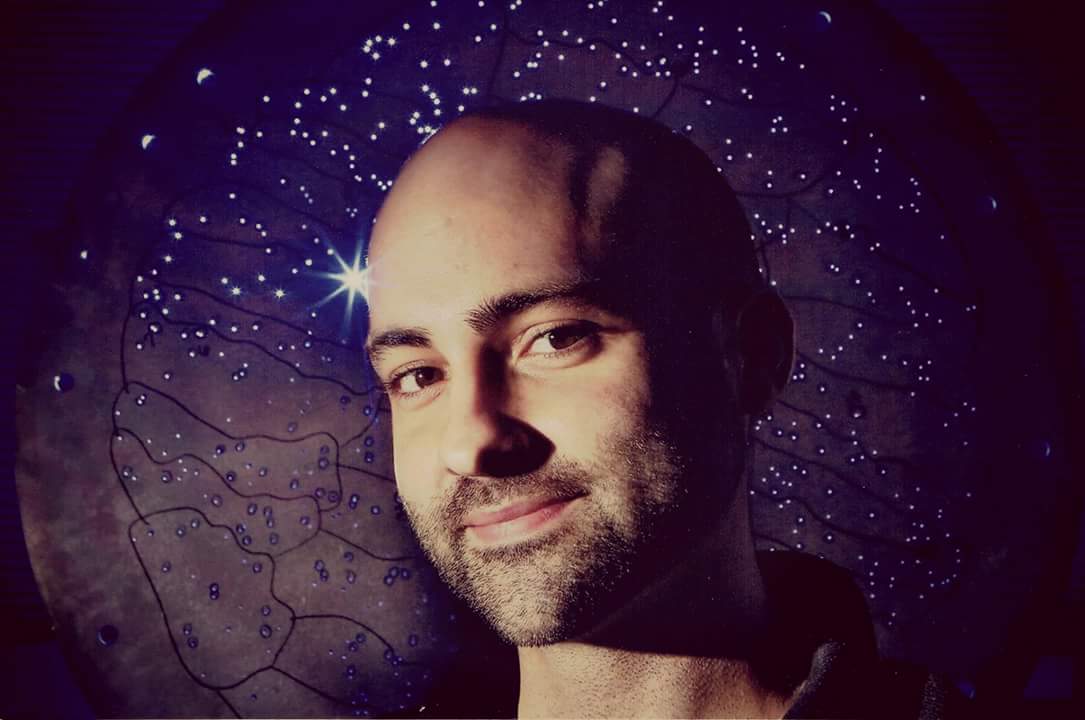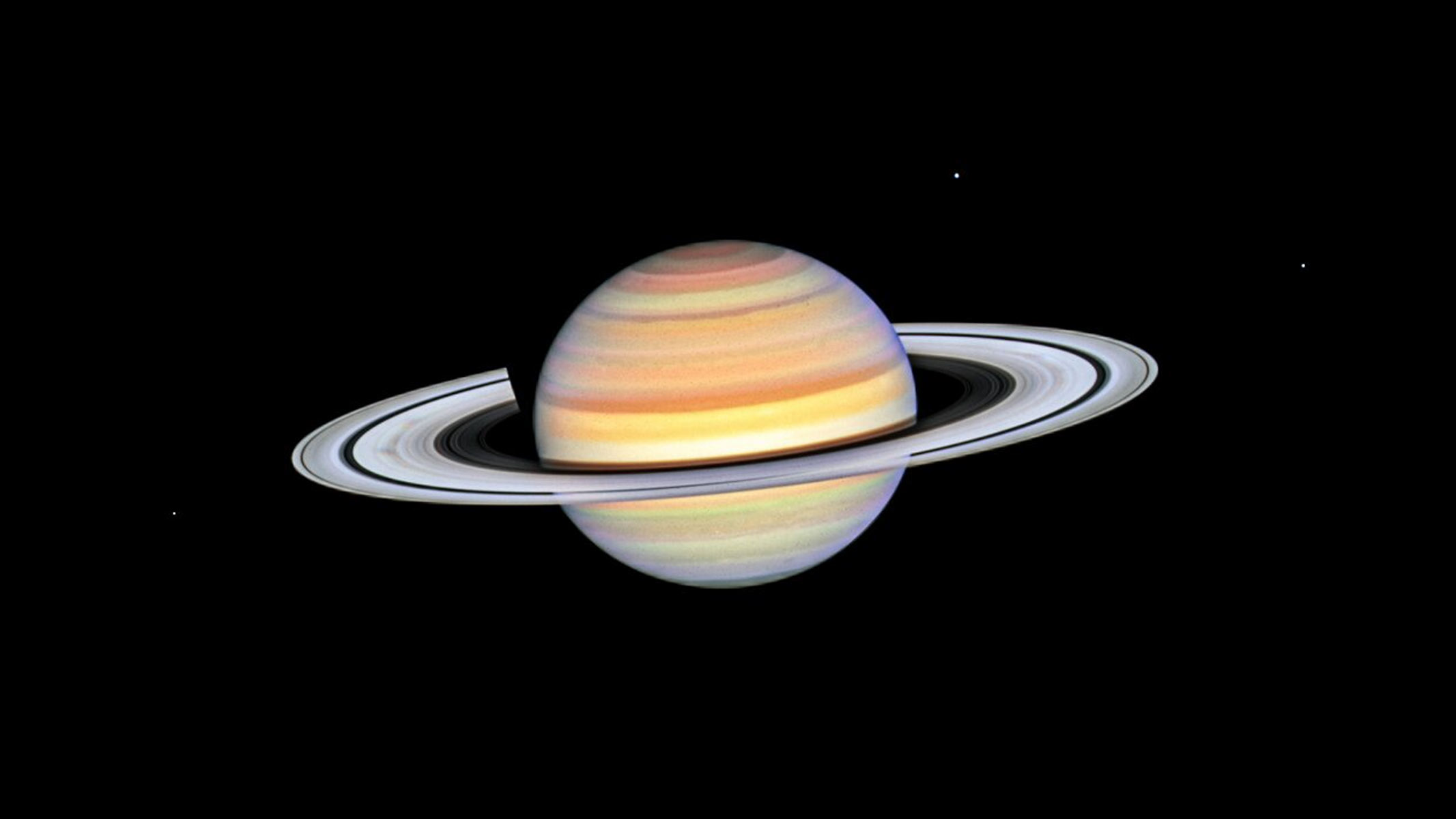
How 'quantum foam' may have inflated the early universe

The early universe experienced a phase of rapid expansion, known as inflation. For decades, cosmologists assumed that this expansion was powered by a new entity in the universe, known as the inflaton. But new research suggests that it may have been possible to inflate the universe without anything new powering that inflation.
In the 1970s, physicist Alan Guth concocted a radical picture of the extremely early universe. Originally intending to solve some troublesome properties exhibited by the high-energy physics in the young, dense, hot universe, he conceived of a model where a new quantum field, dubbed the inflaton, powered a short-but-intense period of stupendously accelerated expansion, inflating the universe many orders of magnitude in size in less than a second.
Inflation has persisted as a strong hypothesis of the early universe because it solves many problems at once. For one, it explains why the cosmos appears geometrically flat: It's so big that, despite its overall curvature, any patch of the universe will appear flat. It also explains why regions of the universe separated by vast distances are roughly the same: They got to know each other before inflation ripped them apart.
Most crucially, inflation explains how we got our large-scale structures. The act of inflation took the quantum foam of space-time and expanded it to larger scales, laying down the gravitational seeds that would someday grow up to be stars, galaxies and the cosmic web.
But mysteries remain. We do not know the identity of the inflaton, what powered it, or why it turned off when it did. And we have no conclusive evidence that inflation actually happened.
In light of these challenges, perhaps there's a way to reproduce the observed features of the universe without needing an inflaton. In a recent paper, astrophysicists describe a model where inflation happens, leading to the large-scale structure of the universe, without anything new powering it.
The model starts with a description of space that is expanding due to a cosmological constant, much like the dark energy we observe in the modern-day cosmos. Within that backdrop, the quantum foam is doing its usual thing, which is to shake up space-time at submicroscopic scales.
Breaking space news, the latest updates on rocket launches, skywatching events and more!
Those fluctuations create gravitational waves, which are ripples that spread outward through space. Gravitational waves on their own can't form the seeds of latter-day structures, because they have the wrong kind of influence on space-time.
Related: How did inflation happen — and why do we care?
But the researchers found that under the right conditions, the gravitational waves triggered by the quantum foam can sometimes generate exactly the right kind of deformations in space. Specifically, they were looking for deformations that were roughly the same at many different length scales. We know that the seeds of structure had to have this kind of pattern, because that's exactly what we observe in the cosmic microwave background, the leftover light pattern from when the universe was only 380,000 years old. That afterglow retains an imprint of those early structures, and we can use that to study models of inflation.
There are slight differences between the kinds of structures generated in this inflation-without-inflaton scenario and traditional inflation. In this paper, the researchers did not calculate how strong those differences are, but an important next step is to explore the observational consequences of this model.
The model isn't perfect. It still assumes something about the early universe — namely, that the cosmological constant is strong enough to lead to a rapidly expanding cosmos. And it doesn't explain the flatness problem or why distant patches of the universe are roughly the same. But it is an intriguing line of study, because it can open up some potentially useful alternative windows that don't rely on an inflaton to power the changes in the early universe.
The young cosmos remains a massive mystery in modern cosmology. And while we think we're on the right track — it really does appear that the universe underwent a period of rapid expansion — we still have much to learn.

Paul M. Sutter is a cosmologist at Johns Hopkins University, host of Ask a Spaceman, and author of How to Die in Space.
